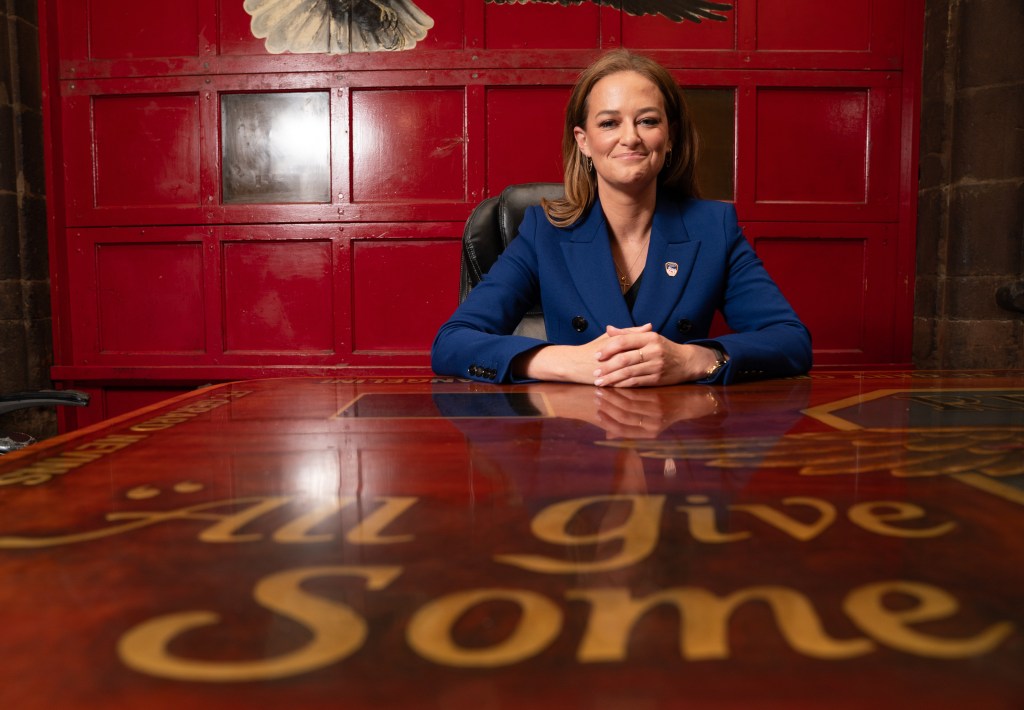Today, Laura Kavanagh will sign the formal paperwork, handing over her responsibility as New York City fire commissioner and we salute her on her way out. Many have noted that Kavanagh is the first woman to lead the agency that has been fighting fires in this city since 1865. But she was also the first commissioner to ring the alarm on a dangerous new source causing fires, destroying property and taking lives: Lithium-ion batteries used by e-bikes.
The FDNY’s Bureau of Fire Investigation has 150 fire marshals, law enforcement officers with badges, guns and handcuffs who serve as detectives. Heading the bureau is the chief fire marshal, Dan Flynn. These professionals, among the best in the world, investigate the cause of thousands of fires each year.
For decades, the bureau’s annual report lists the origin of the fires reported to and doused by the FDNY: Incendiary (which is arson), electrical, smoking, open flame (such as candles and fireplaces), cooking, even hot objects. Those categories hadn’t changed in more than 100 years since electricity became commonplace.
But after the Legislature legalized e-bikes in 2020 and they started exploding in popularity by deliverymen during COVID, Flynn and Kavanagh discovered that the e-bikes’ lithium-ion batteries were literally exploding. And these were very nasty fires. Even when extinguishing, the batteries can easily reignite, burning hotter and faster than traditional flammable material the FDNY is long-expert on handling.
Lithium-ion batteries have several ways that they can detonate — and that’s what they are — like bombs. A battery that is charging can overheat and enter thermal runaway. A smartphone user might notice the device getting quite hot, but that phone is designed to shut down and stop the cascade. Now multiply that by how much larger an e-bike battery is and it doesn’t have the shut down protections. The result is destruction and death.
But sometimes lithium-ion batteries that are not charging also explode. And sometimes a non-lithium-ion battery fire can set off a battery. Every time there is a lithium-ion battery blaze, the specialized Haz Mat unit has to come in.
The worst are the cheap lithium-ion battery imports that don’t meet any level of safety standard set by UL certification (which used to be called Underwriters Laboratories). Also, a formerly safe battery (even with a UL stamp) can become unstable and a severe fire risk if it has been tampered with to squeeze some more use from it.
These lithium-ion battery fires are now considered a separate category of fire for the FDNY and that’s a change that is being adopted by fire departments across the country.
Seeing the danger, Kavanagh went to Washington. Her efforts paid off in May when the House of Representatives passed the Setting Consumer Standards for Lithium-Ion Batteries Act, sponsored by Ritchie Torres of the Bronx, on a vote of 378-34.
Next stop is the U.S. Senate, where it needs to be passed this year and signed into federal law by the president.
The City Council passed a bunch of bills on the lithium-ion batteries that Mayor Adams signed. Up in Albany, the Legislature passed the same measures on a statewide basis and Gov. Hochul signed them.
Kavanagh’s time as FDNY commissioner is now concluded, but her campaign against this danger to life and limb carries on.
